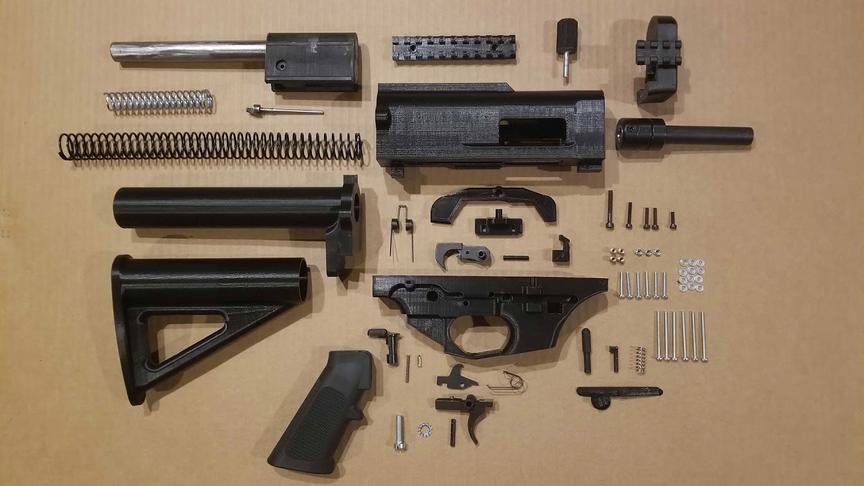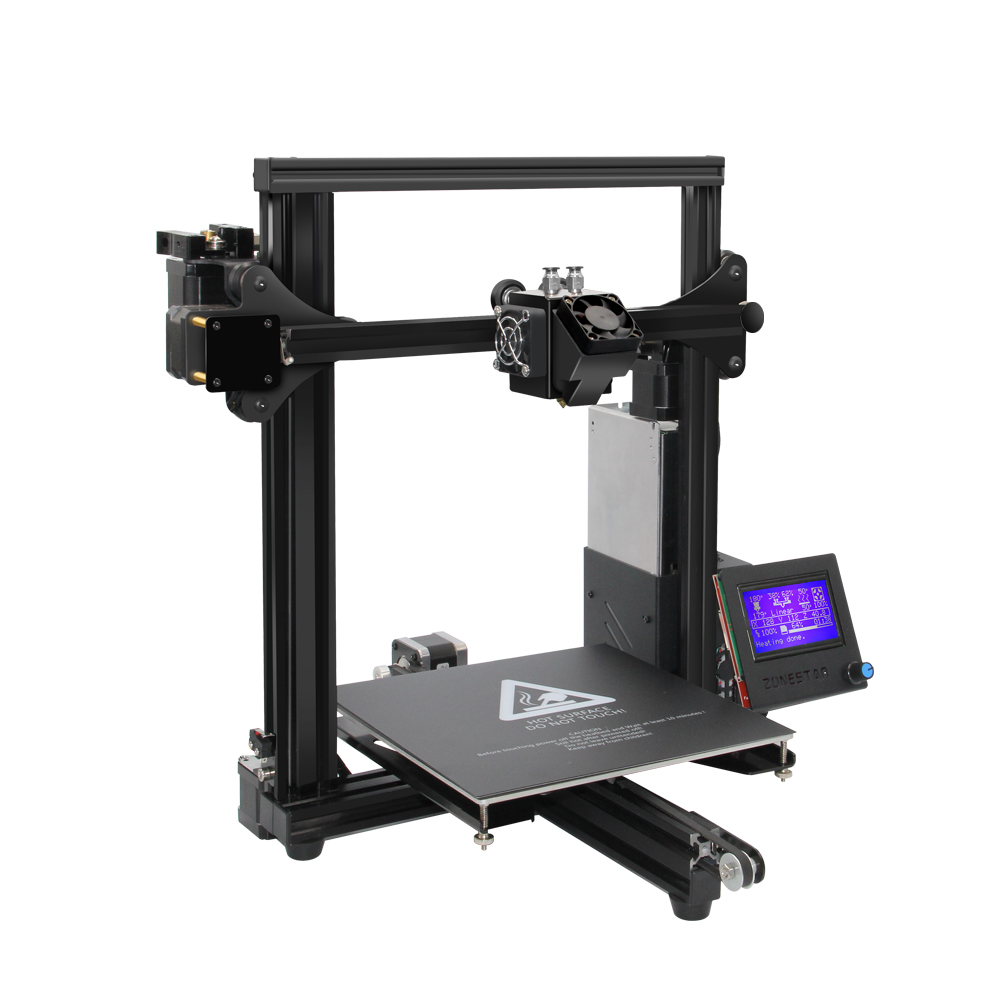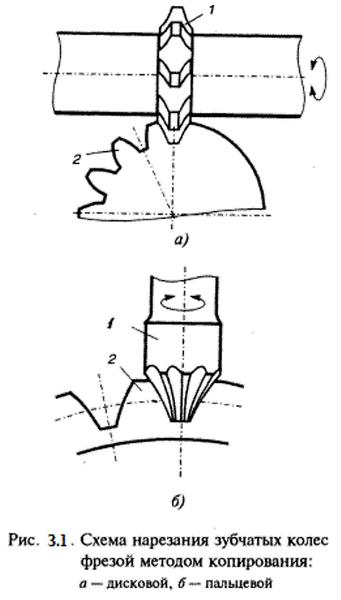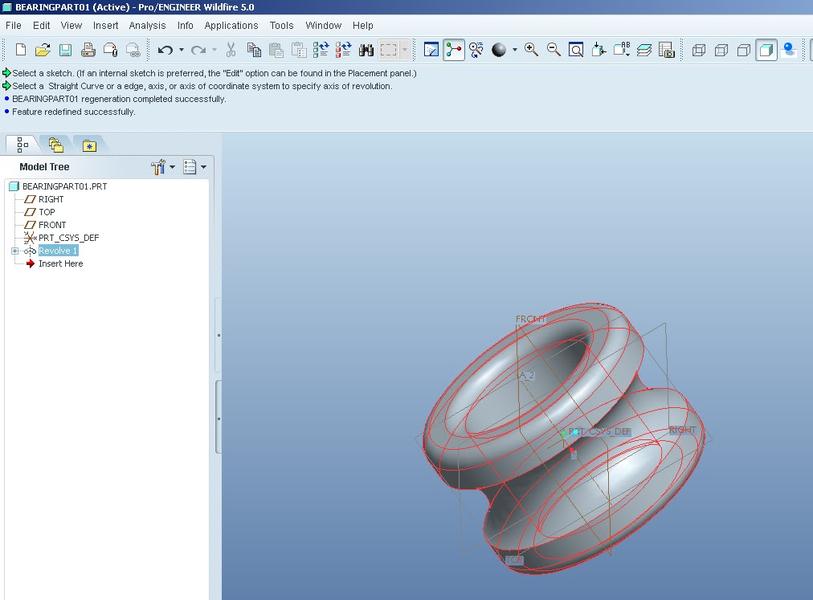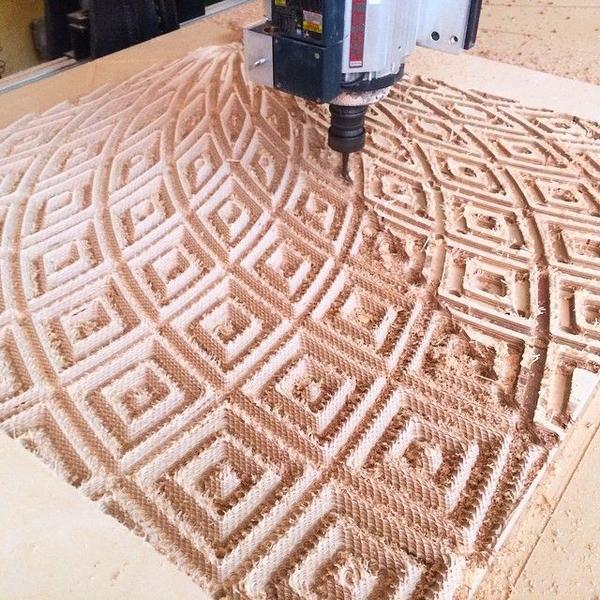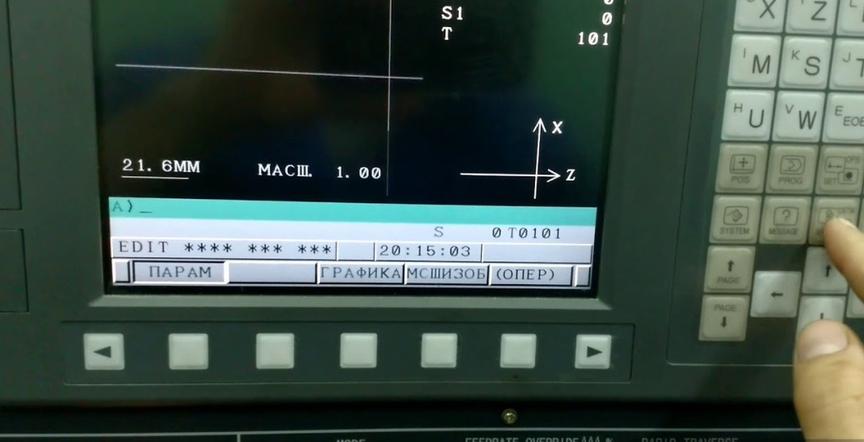Can you make a gun with a 3D printer and is it legal?
Translated text saved in HTML tags:Modern 3D printers have huge potential. With them, you can print items of almost any complexity. Not so long ago, it was hard to imagine that a plastic weapon could shoot. However, it is now possible to produce a gun using a 3D printer that, while not reliable, can fire live rounds.
- Can you print firearms with a 3D printer?
- Evolution of 3D printed weapons
- Where to find designs and what to look for?
- What does the law say in different countries?
- Should you be afraid of plastic weapons?
- Advantages and disadvantages of plastic weapons
- Perspectives on printing weapons
Can you print firearms with a 3D printer?
In 2013, a young American gun rights activist demonstrated that it was possible to print a plastic gun with a 3D printer. He was the first in the world to manufacture a pistol using this method, with only the barrel made separately from metal. All other parts were printed on an FDM printer.
Modern 3D printers are capable of printing any CAD model, and models of firearms have been available for over 10 years. While in the past, printing such models required professional skills, anyone can now learn how to do this. With a 3D printer and a ready model, printing a pistol has become a reality. However, such "craftsmanship" is punishable by law in most countries.
Evolution of 3D printed weapons
Despite all bans and restrictions, the evolution of 3D printed firearms is moving forward rapidly. The single-shot plastic Liberator pistol by American K. Wilson in 2013 marked the beginning. It had a simple design and was intended for .380 ACP ammo. After 10–12 shots, the firearm became useless. However, the possibility of printing firearms served as a stimulus for the idea's development. The author of the first pistol founded Defence Distributed, a company that began actively improving the technology.
One direction for improving the firearm's durability was increasing the number of barrels. In early 2014, Japanese Y. Imura made the 38-caliber Zig Zag pistol capable of making up to 6 continuous shots. The author was recognized as a criminal and sentenced.
The next step was the production of J. Patrick's six-shot revolver in 2015. The PM522 Washbear model was demonstrated on YouTube. The weapon was safer for the shooter compared to previous models but still could only fire a few dozen rounds.
The first semi-automatic 9mm pistol appeared in 2016 under the name Shuty-MP1. It was developed by a makeshift gunsmith using the pseudonym Derwood. It was not entirely a plastic weapon, as the author used some metal parts from factory pistols — the barrel, slide, breech, and a few springs. This allowed for a firing rate of over 46 shots/min. However, the plastic housing needed to be cooled after a magazine change. In 2017, the same master offered the improved model — Shuty AP-9.
The company Defence Distributed made the main contribution to the development of 3D-printed firearms technology. First, these enthusiasts won a legal battle in the USA, obtaining permission for 3D-printing firearms, significantly expanding their capabilities. Secondly, they were able to establish a professional business with product testing and quality control. As a result, in 2018–19, they developed numerous models of various firearms — from pistols to rifles. They released over 30 files for printing original firearm parts. Most of these were plastic, and the metal parts were not made from purchased components but from simple metal profiles (tubes, strips, etc.) that are available in regular hardware stores. This allowed them to avoid using patented firearm parts.
The pinnacle of Defence Distributed's "creativity" is the semi-automatic FGC-9 carbine, developed based on the Shuty AP-9. At the same time, it does not contain a single factory-made part. The 9mm cartridge barrel is made from a steel tube using electrochemical treatment.
Where to find designs and what to look for?
Restrictions on manufacturing firearms significantly complicate access to designs and models of pistols for 3D printer use. Only Defence Distributed has achieved the right to freely distribute information. Their website provides free access to designs, models, and technologies. Other information found on the internet is usually illegal.
When choosing a model, pay attention to the following information:
- Material used;
- Ammo the model is designed for;
- Number of rounds in the magazine, firing rate;
- Durability until malfunction.
It is important to clarify which metal parts need to be purchased separately, in addition to the plastic for printing on the printer.
What does the law say in different countries?
The only country where the possibility of 3D printing firearms exists is the USA. The Gun Control Act of 1968 allows Americans to make firearms, but only for personal use. The only restriction is that the firearm must be detectable by metal detectors, meaning it must contain a metal element. Practically in all other countries, making homemade firearms and repairing firearms for any purpose is prohibited by law. In Russia, 3D printing firearms falls under the Criminal Code and is punishable by imprisonment.
Should you be afraid of plastic weapons?
The question of how dangerous it is to have a firearm printed on a printer is becoming increasingly relevant. Despite all restrictions, controlling the spread of this technology worldwide is extremely difficult. The availability of 3D printers and their increased functionality allow the production of plastic pistols at home. How dangerous is such a weapon?
Most experts agree that currently printed firearms are more of an interesting novelty. They are quite expensive and are designed to fire only a few dozen rounds. Furthermore, such pistols are quite dangerous for the shooter using live rounds, as they can explode in the hands.
However, the level of danger cannot be underestimated. A "serious" criminal can more easily and cheaply buy illegal firearms than make one on a printer. At the same time, there may be "enthusiasts" who, out of personal interest, can make a pistol and test it. Such unpredictable people pose an undeniable danger. Moreover, terrorists could find it tempting. Metal detectors do not detect plastic pistols, so they can be easily smuggled, for example, onto an airplane.
Important!Plastic weapons have a very short lifespan. At the same time, sometimes just one shot is enough to kill a person.
Advantages and disadvantages of plastic weapons
3D-printed firearms have the following advantages:
- Possibility to manufacture firearms at home;
- Lightweight;
- Material availability;
- Ability to replicate known firearm models.
Always remember the presence of significant disadvantages:
- Illegality of manufacturing;
- High cost of firearms;
- Very short lifespan and limited firing capabilities;
- Danger for the shooter.
Currently, plastic firearms have more downsides than upsides, and the most important thing is that making them can result in a real prison sentence.
Perspectives on printing weapons
The potential for developing 3D-printed firearms is far from exhausted. Expanding equipment capabilities and the development of innovative materials indicate that such firearms may soon approach characteristics of standard firearms. In the future, there will be a significant increase in lifespan and automatic firing capability.
Significantly increasing the reliability of printed pistols and rifles is SLS technology using metal powder. Such firearms are already very similar to standard metal models. Currently, they are quite expensive, significantly limiting their use. However, over time, the materials will become cheaper, making them more accessible.
3D printing firearms has become a reality. Despite its extremely low efficiency and reliability, there is growing interest in it. Specialists predict that 3D printing of firearms will gain widespread use, and stopping such production is impossible. It is time for legislative measures to effectively control this process.
```
